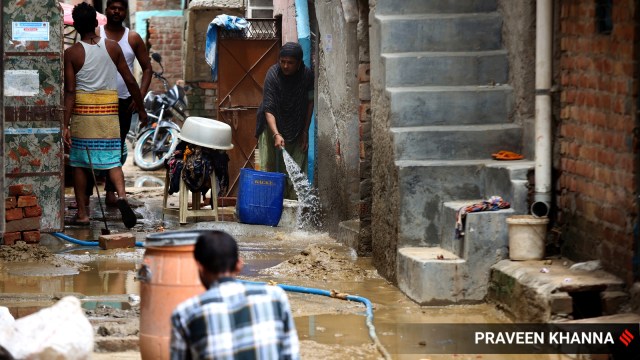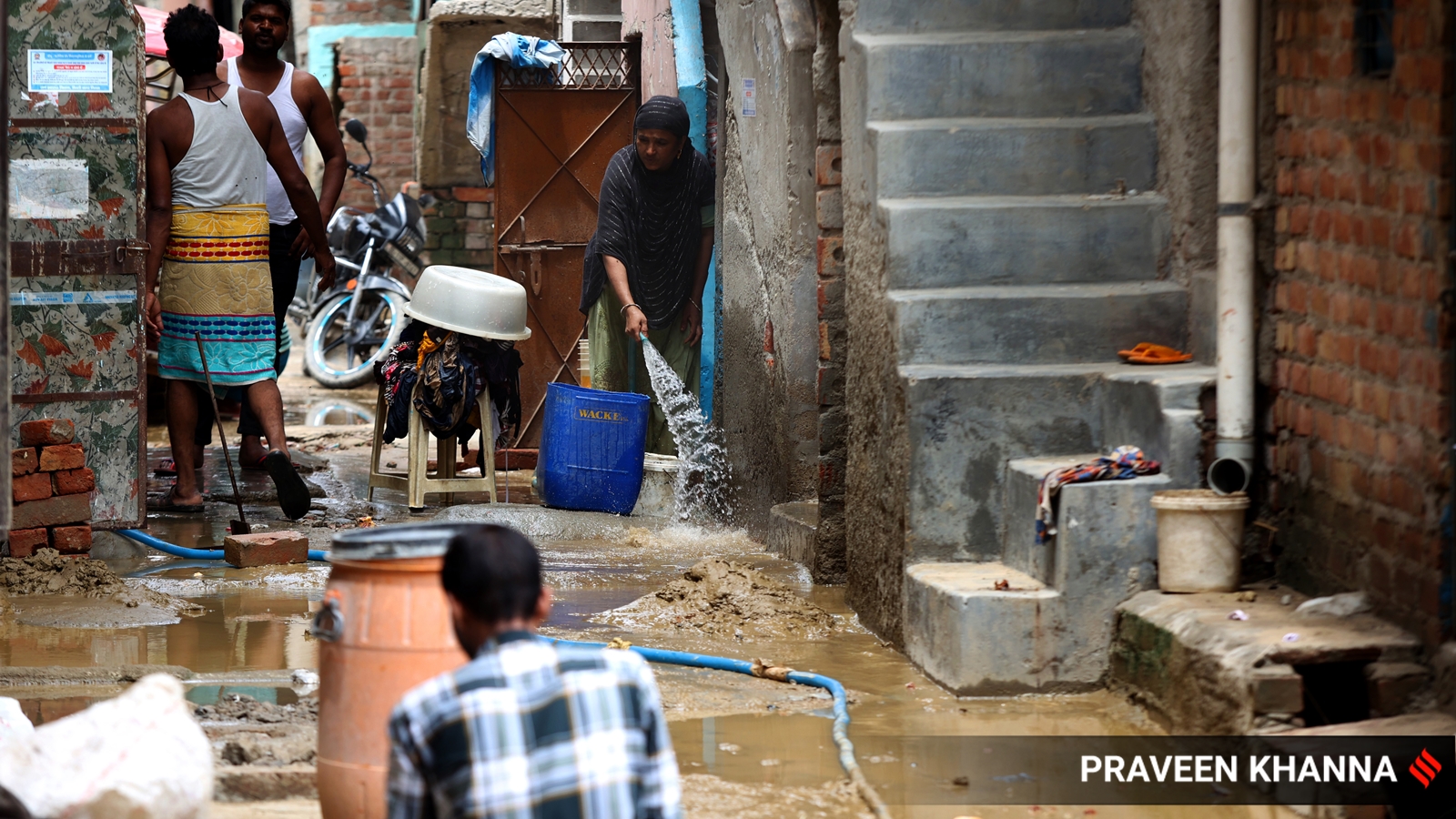
Modi 3.0’s first Union Budget is silent on the climate crisis in our cities. As the most important intervention by the newly elected government, it signals the future direction of action and policy. While any budget may have hits and misses and debates over allocations, the glaring omissions are more concerning. The Budget is surprising in its lack of focus on climate action and its impact in cities. In her speech, the Finance Minister suggested the inclusion of key demographic groups and nine priorities, but it is questionable why climate action and resilience building are not among them. This is especially concerning given that India is one of the most impacted countries in the world, according to the Intergovernmental Panel on Climate Change. Climate change and mitigation measures do find a substantial mention in the agriculture and energy transition space, but other crucial areas like urban development find no acknowledgment.
The fifth subject under urban development in the Budget aims to facilitate the development of “Cities as Growth Hubs” through economic-transit planning and planned development of peri-urban areas. While cities being growth hubs is obvious, it is ironic that the discourse on cities — recently battered by heatwaves, urban flooding, water shortages and air pollution — still focuses on the outdated “growth” model. We need a fresh approach and the budget missed a key opportunity. The speech eludes the smart cities mission, which is in the last leg of its implementation.
The Budget proposes Transit Oriented Development (TOD) plans for only “select” 14 cities with over three million population, along with an implementation and financing strategy, but fails to offer wider support to smaller cities to develop their public transport infrastructure, focusing on bus rapid transit and multimodal transport, which was hinted at in previous budgets. Transportation, or the lack thereof, makes our cities the most polluted and unliveable. Long-pending reforms to urban planning, land usage, and building bylaws are promised yet again, with more construction and infrastructure development under PMAY-Urban, without explicitly linking infrastructure to sustainable development. Houses where the poor live often bear the brunt of floods. The Budget seems to have ignored the imperative of making the PMAY scheme climate resilient.
The Budget rightly mentions the multifarious disasters in Assam, Bihar, and the Himalayan states and offered special packages for the impacted states. However, it was disturbing to see this bracketed under “infrastructure” development. If our experience with last year’s infra-led development model is leading to visible collapse in ecologically sensitive regions, how can more of the same address the ever-increasing scale and damage of disasters? While the Budget pushes for generating livelihoods for street vendors, setting up markets, and makes substantial allocations for encouraging women’s workforce participation through working hostels and creches, the daily “loss and damage” faced by workers and marginalised communities is not addressed due to the absence of social inclusion and protection policies against climate impacts.
It is important to view budgets not just through the prism of allocations and funds, but also from the perspective of policy imaginations and innovations. This is where the Budget lacks new ideas for our cities that face challenging times. A few course corrections in the coming years might help.
First, we should make climate and resilience building core priorities. Climate action cannot be left to episodic “green” budgets’; it requires large-scale transformative actions across sectors. If growth spurred India in the preceding decades, resilience building should be prioritised in the coming years. Second, there is an urgent need to establish a national urban mission on resilient cities that ties together all other urban development schemes. This should not repeat the smart city framework but should be democratic and ensure all urban and climate actions are in sync. Third, allocate more resources and capacities to city governments. Asking them to do more with fewer resources and diminished local taxes will be fatal; the 74th CAA should be revived with climate action at the local level. Lastly, support the vast urban poor communities, informal settlements, and informal workers with urban policy inclusion in the city planning – ensuring their social protection, and resilience building from climate change impacts. Without ensuring inclusion in our cities, our efforts at resilience will fail.
A Viksit Bharat is not possible without liveable and resilient Indian cities.
Unni is an urban practitioner and researcher working on integrating informal workers and communities into urban planning. Sinha leads the Urban Policies Programme in Asia for WIEGO



